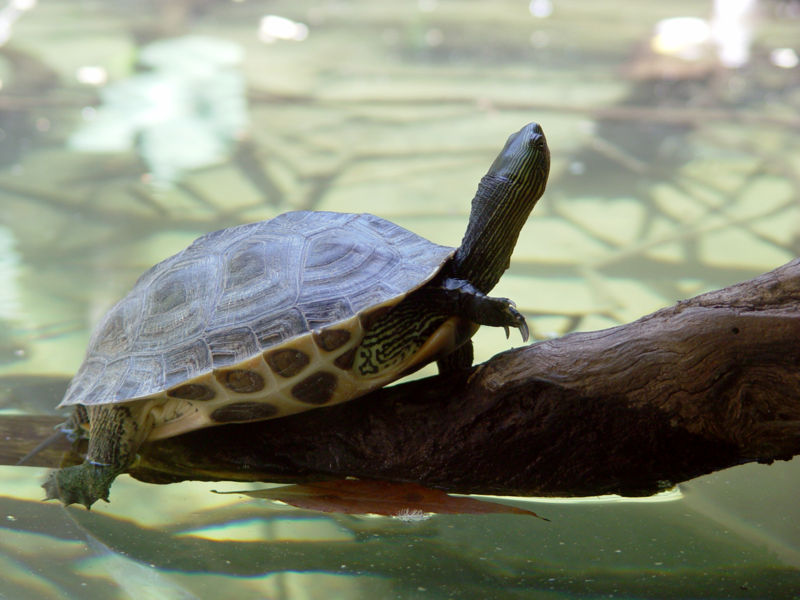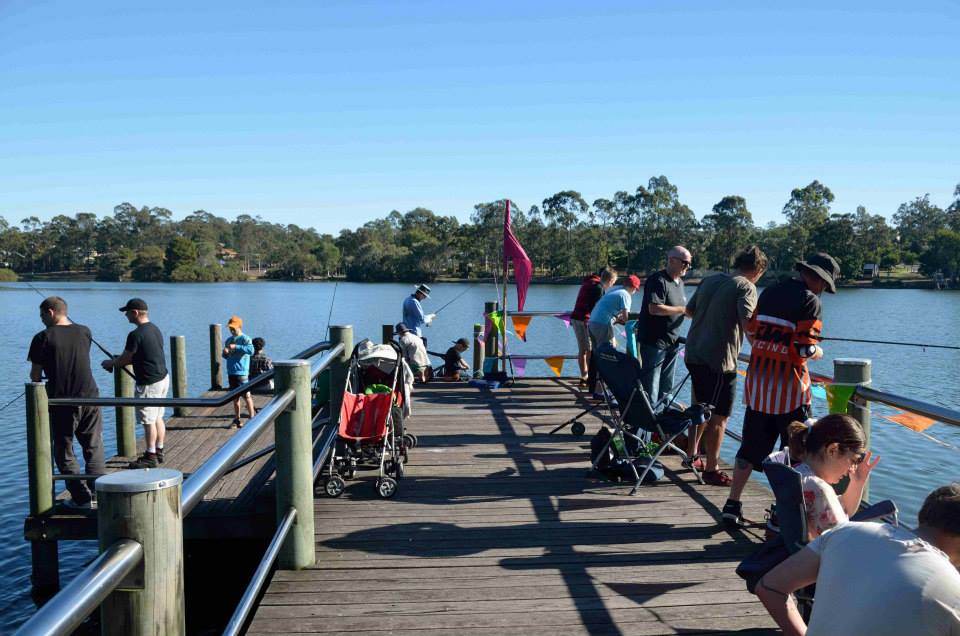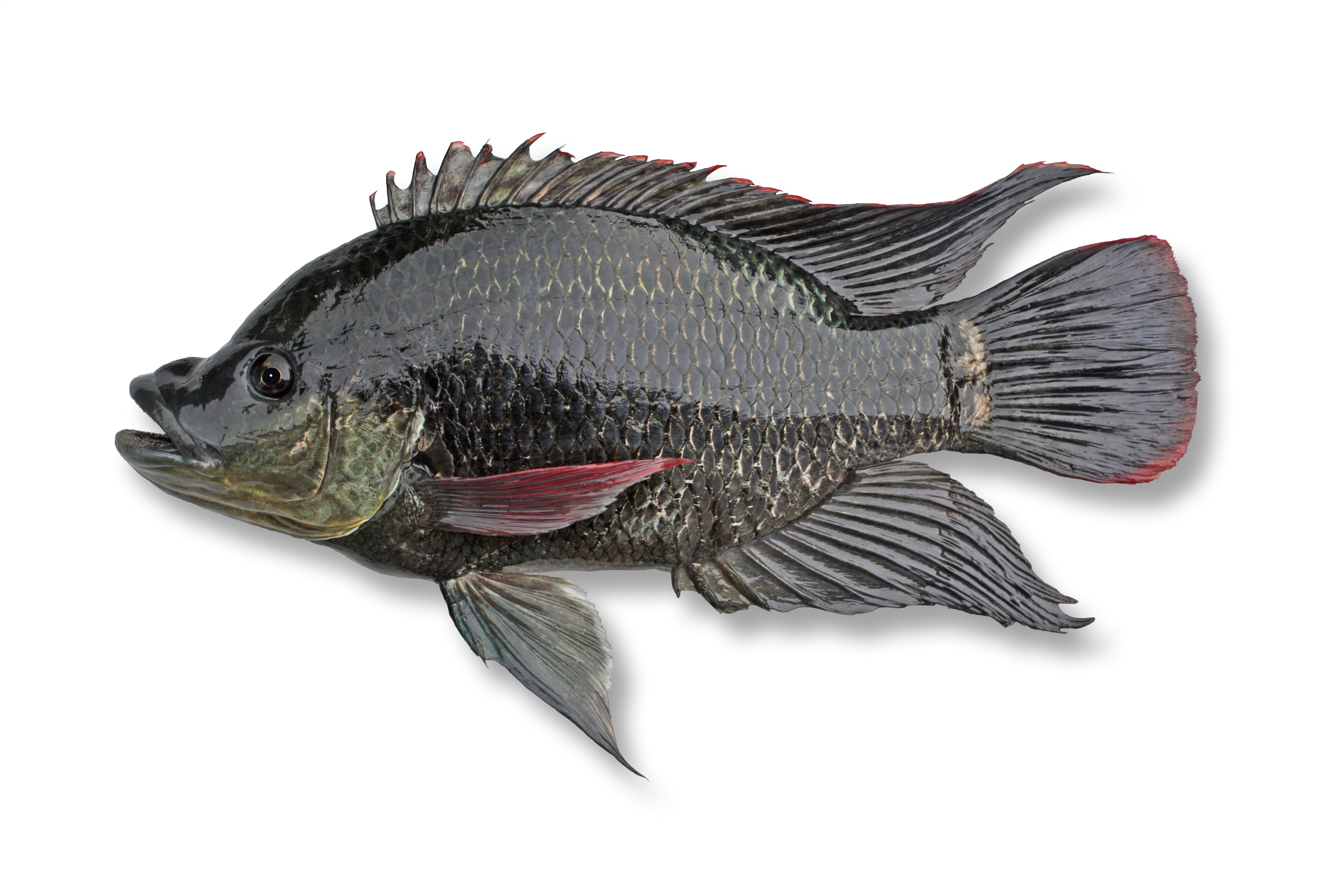News release from the American Society for Microbiology
A bacterium causing an epidemic among catfish farms in the southeastern United States is closely related to organisms found in diseased grass carp in China, according to researchers at Auburn University in Alabama and three other institutions. The study, published this week inmBio®, the online open-access journal of the American Society for Microbiology, suggests that the virulent U.S. fish epidemic emerged from an Asian source.
Since 2009, catfish farming in Alabama, Mississippi and Arkansas has been seriously impacted by an emerging strain of Aeromonas hydrophila, which causes Aeromonas septicemia in catfish. A serious infection that can cause death in as little as 12 hours, Aeromonas septicemia’s clinical signs include skin lesions and blood loss. Continue reading »









